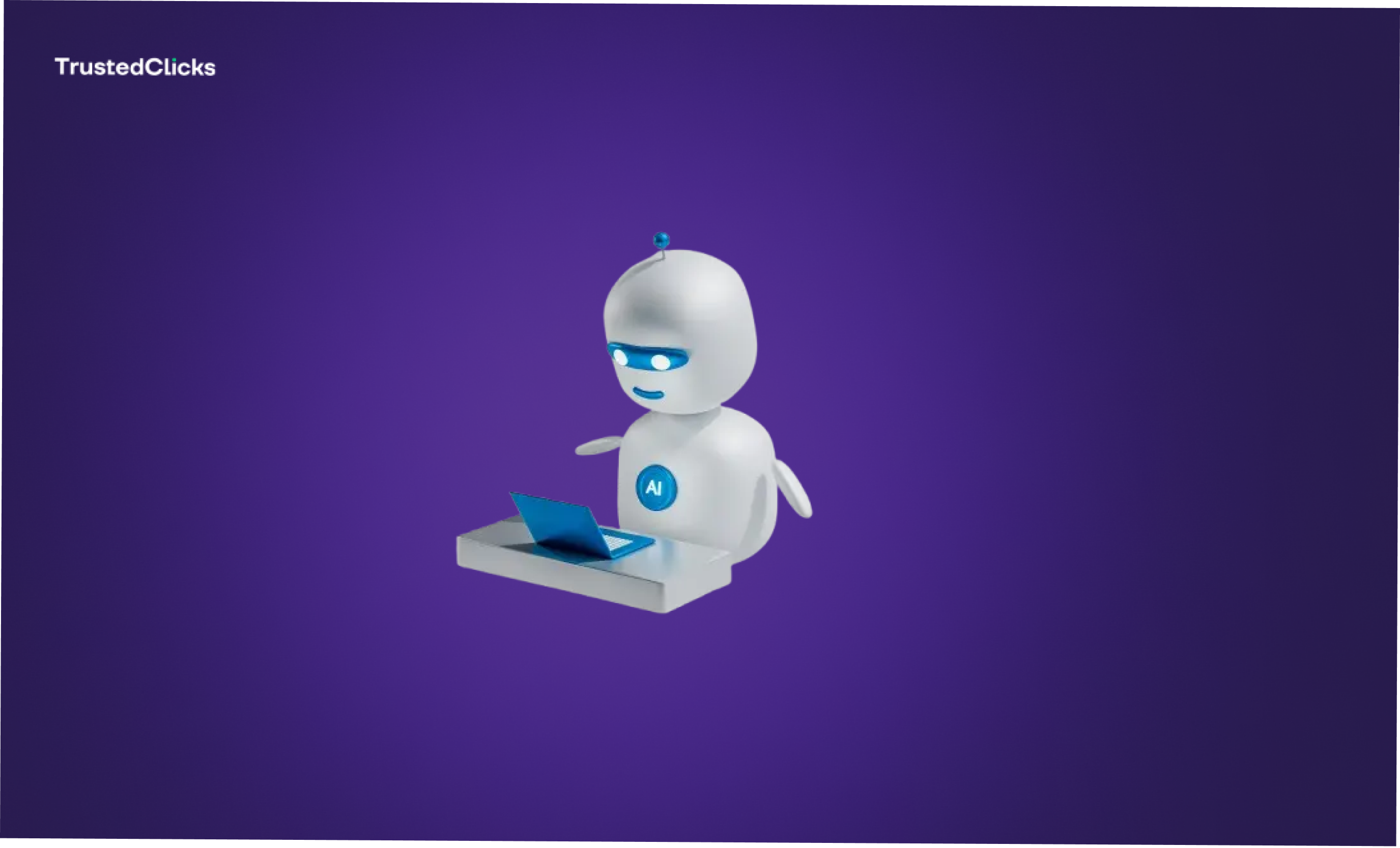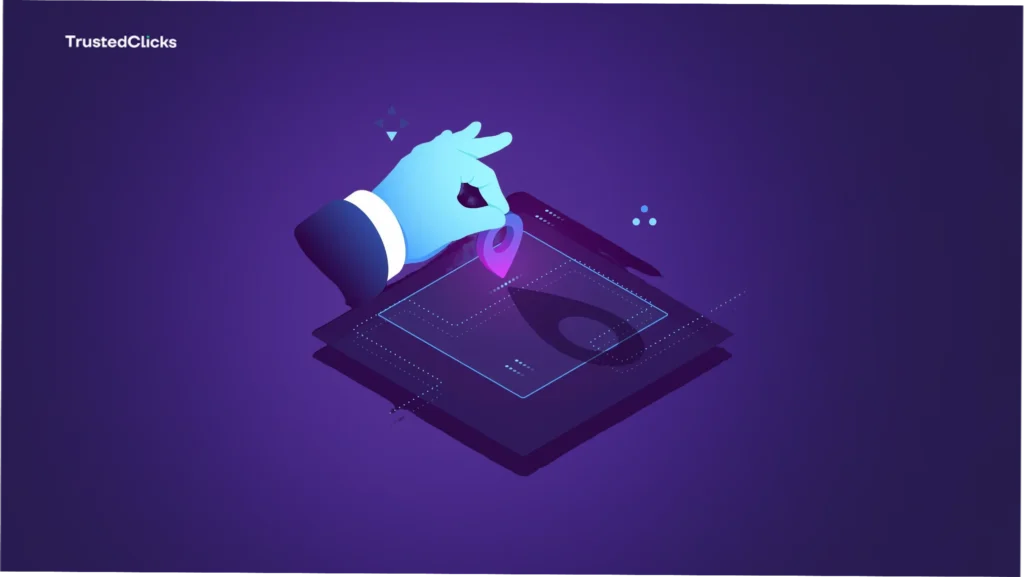- Website security, E-Commerce Security
Scaling Bot Detection: How to Protect Large-Scale Websites and Applications


With the development of our digital landscape, large-scale websites and applications face an escalating challenge: bots. While bots can be beneficial in some contexts, such as search engine crawlers indexing content or chatbots assisting users, a significant number of them pose threats to security, performance, and data integrity. Malicious bots can execute a variety of harmful activities, including credential stuffing, data scraping, Distributed Denial of Service (DDoS) attacks, and fraud. For businesses operating on a large scale, such threats are not just a nuisance—they’re a critical concern.
Effective bot detection and mitigation strategies are essential for maintaining security, performance, and user trust. Among the many tools available for this purpose, IP scoring and risky IP blocking stand out as a robust solution for identifying and mitigating bot traffic. This article explores the challenges of bot detection, the role of IP scoring, and how to implement scalable solutions to safeguard your online presence.
The Rising Threat of Bots
Types of Bots
Bots can be classified broadly into two categories:
Good Bots
Search engine crawlers (e.g., Googlebot)
Chatbots and virtual assistants
Monitoring and uptime bots
Malicious Bots
Scrapers: Extract proprietary content or pricing data.
Credential stuffers: Attempt login credential theft.
Spambots: Post spam content in comments or forums.
DDoS bots: Overwhelm servers with traffic to cause downtime.
Fraud bots: Commit ad fraud or fake transactions.
Impacts on Large-Scale Platforms
For large-scale websites and applications, bot activity can result in:
Revenue Loss: Credential stuffing and account takeovers can lead to fraudulent transactions.
Operational Disruption: DDoS attacks can degrade or halt services.
Reputational Damage: Data scraping can undermine a brand’s competitive edge.
Increased Costs: Bots inflate infrastructure costs due to excessive server load and bandwidth usage.
The Role of IP Scoring in Bot Detection
IP scoring is a method of evaluating the likelihood that a given IP address is associated with malicious or suspicious activity. By analyzing various factors, it assigns a risk score to each IP, helping website operators decide whether to allow, challenge, or block traffic from that source.
How IP Scoring Works
IP scoring uses multiple data points to evaluate risk, including:
Geolocation: Identifying traffic from high-risk regions.
IP Reputation: Checking if an IP is on blacklists or has a history of suspicious behavior.
Behavioral Patterns: Detecting unusual activity, such as high request rates.
Proxy and VPN Usage: Flagging IPs associated with anonymizing tools.
Historical Data: Assessing the IP’s past interactions with your platform.
Once analyzed, the system assigns a score, typically on a scale from 0 to 100. A higher score indicates a higher risk.
Benefits of IP Scoring
Accuracy: Reduces false positives by basing decisions on multiple criteria.
Efficiency: Automates the process of analyzing and categorizing traffic.
Proactive Defense: Blocks risky IPs before they cause harm.
Scalability: Suitable for handling large volumes of traffic.
Implementing Risky IP Blocking
Risky IP blocking involves preventing traffic from IP addresses deemed high-risk based on their score. This approach is particularly effective when scaled for large websites and applications.
Steps to Implement Risky IP Blocking
Integrate an IP Scoring Tool Choose a reliable IP scoring solution such as TrustedClicks that aligns with your platform’s needs.
Define Risk Thresholds Set scoring thresholds to determine actions:
Low Risk: Allow traffic.
Medium Risk: Challenge users (e.g., CAPTCHA).
High Risk: Block traffic.
Monitor and Update IP Lists Regularly update IP reputation databases and monitor trends in bot behavior to stay ahead of emerging threats.
Implement Real-Time Blocking Deploy blocking mechanisms at the network edge using:
Web Application Firewalls (WAFs)
Content Delivery Networks (CDNs)
Load balancers
Analyze and Refine Policies Continuously analyze blocked traffic and refine your scoring models to improve accuracy and minimize impact on legitimate users.
Challenges in Risky IP Blocking
False Positives: Blocking legitimate users mistakenly can lead to customer dissatisfaction.
Dynamic IPs: Many users share IPs, especially in mobile networks, making static blocking less effective.
Bypassing Mechanisms: Sophisticated bots use rotating proxies and residential IPs to evade detection.
Scaling Bot Detection for Large Platforms
Key Strategies for Scalability
Leverage Machine Learning Use machine learning models to detect patterns in bot behavior. These models can adapt over time to new bot strategies.
Deploy Edge-Based Solutions Offload detection and mitigation tasks to the network edge through CDNs and WAFs, reducing latency and server load.
Implement Rate Limiting Restrict the number of requests an IP can make within a given time frame. This helps mitigate brute force and scraping attacks.
Behavioral Analysis Go beyond IP scoring by analyzing user behavior, such as mouse movements, keystrokes, and time spent on pages, to identify bots masquerading as humans.
Collaborative Threat Intelligence Participate in threat intelligence sharing networks to stay informed about the latest botnet IPs and attack vectors.
Best Practices for Bot Detection and Mitigation
Adopt a Multi-Layered Defense Combine IP scoring, behavioral analysis, and device fingerprinting for comprehensive protection.
Educate Your Team Train developers, IT staff, and security teams on bot detection and mitigation strategies.
Prioritize User Experience Use CAPTCHA and other challenges sparingly to avoid frustrating legitimate users.
Regularly Audit and Update Systems Bots evolve rapidly, so your defenses must adapt accordingly.
Monitor Metrics Track key performance indicators (KPIs) like:
Reduction in malicious traffic
False positive rates
User engagement metrics post-implementation
Frequently Asked Questions On Bot Detection
What is a bot ?
A bot is a software application designed to operate autonomously and carry out specific tasks automatically. Many bots are created to replicate human behavior or to handle repetitive tasks, enabling them to execute these actions more quickly and accurately than human users. This automation allows for increased efficiency and productivity in various applications, from customer support to data processing. While bots can significantly enhance workflow, their use also raises concerns about misuse and the need for effective monitoring.
What is bot detection ?
Bot detection technology is aimed at differentiating between bots and real users, as well as identifying legitimate login attempts versus unauthorized requests
made by bots. Detection methods utilize engines and threat intelligence to identify bot activity and respond accordingly.
How do you detect bot clicks ?
Detecting bot clicks involves various techniques to differentiate automated traffic from human users. One effective method is behavior analysis, which monitors click patterns and speeds, as bots typically click much faster than humans. Additionally, IP address monitoring can reveal unusual activity, such as multiple clicks from the same address in a short period. Implementing JavaScript challenges and CAPTCHA systems can further help distinguish between bots and real users, as many bots struggle to complete these tasks. By employing a combination of these strategies, businesses can effectively mitigate the impact of click fraud on their online platforms. TrustedClicks IP scoring tool evaluates IP addresses and generates a detailed score, enabling you to enhance security and prevent fraud effectively.
What is bot clicking ?
Bot clicking refers to the use of automated bots to perform click fraud. The most basic click bots are designed to navigate to a webpage and click on specific links. These bots can artificially inflate click metrics, misleading advertisers about the effectiveness of their campaigns. This type of fraud can lead to significant financial losses for businesses and skew data analytics, making it harder for companies to make informed decisions.
Conclusion
Bots pose a persistent and growing threat to large-scale websites and applications. By leveraging IP scoring and risky IP blocking, businesses can effectively detect and mitigate malicious bot activity while maintaining a seamless experience for legitimate users. Scaling these solutions requires a combination of advanced technologies, robust policies, and continuous monitoring to stay ahead of evolving threats.
Implementing these strategies not only protects your platform but also preserves user trust and ensures long-term operational success. In an era where bots are becoming increasingly sophisticated, staying proactive is not just an option—it’s a necessity.
Table of Contents
Join our community!
Subscribe to our newsletter for the latest updates, exclusive content, and more. Don’t miss out—sign up today!
Recent Posts

Behind the Mask: The Truth About Unsafe Proxies and VPNs
- 5 mins read

Beyond the Click: How IP Tracking Unmasks Fraudulent Traffic
- 5 mins read

Geolocating Your Audience: Tips and Tools for Effective IP-Based Targeting
- 6 mins read



